- Empty cart.
- Continue Shopping
Danthapala ( Wrightia Tinctoria Pala)
Original price was: ₹358.00.₹289.00Current price is: ₹289.00.
Genus : Wrightia
“The Danthapala Plant is a tropical beauty with its striking flowers and lush green foliage. This plant adds a touch of vibrancy and elegance to any garden or indoor space. With proper care, it thrives and rewards with its captivating beauty.”
Wrightia tinctoria, also known as pala, dyer’s oleander, or Indian trumpet flower, is a small tree or shrub that is native to India and Southeast Asia. It belongs to the Apocynaceae family and is valued for its medicinal properties, as well as for its use as a natural dye.
The plant has a grayish-brown bark and can grow up to 8 meters in height. The leaves are dark green, glossy, and oblong in shape, with a leathery texture. The plant produces small, fragrant, white or cream-colored flowers that bloom in clusters, and they are followed by long, slender seed pods.
Wrightia tinctoria is valued for its medicinal properties and has been used for centuries in Ayurvedic and Unani medicine systems to treat various ailments. The plant is believed to have anti-inflammatory, analgesic, and antiseptic properties, and it is used to treat skin conditions such as eczema and psoriasis, as well as wounds and insect bites. The plant is also believed to have antimicrobial properties and is used to treat infections such as pneumonia and urinary tract infections.
The bark and leaves of Wrightia tinctoria are the most commonly used parts of the plant in traditional medicine. The bark is typically dried and powdered, and it is used to treat skin conditions and wounds. The leaves are used to make a decoction or a poultice, which is applied to the skin to treat various conditions.
In addition to its medicinal properties, Wrightia tinctoria is also valued for its use as a natural dye. The plant contains a yellowish-brown pigment that is used to dye fabrics and yarns. The dye is believed to have antibacterial and antifungal properties and is used to treat various skin conditions.


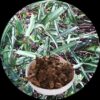



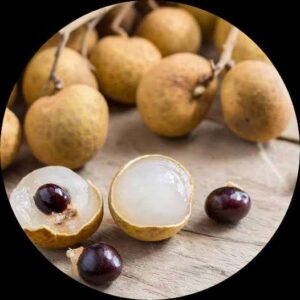
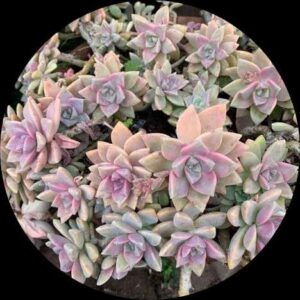
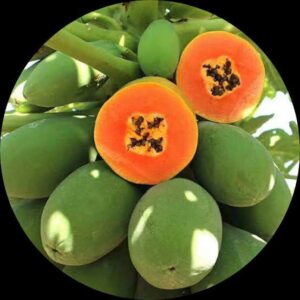
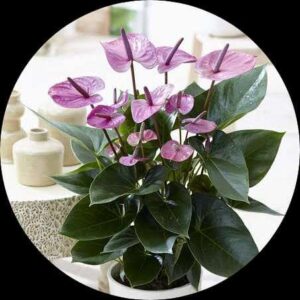

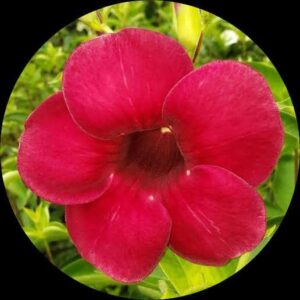
Reviews
There are no reviews yet.